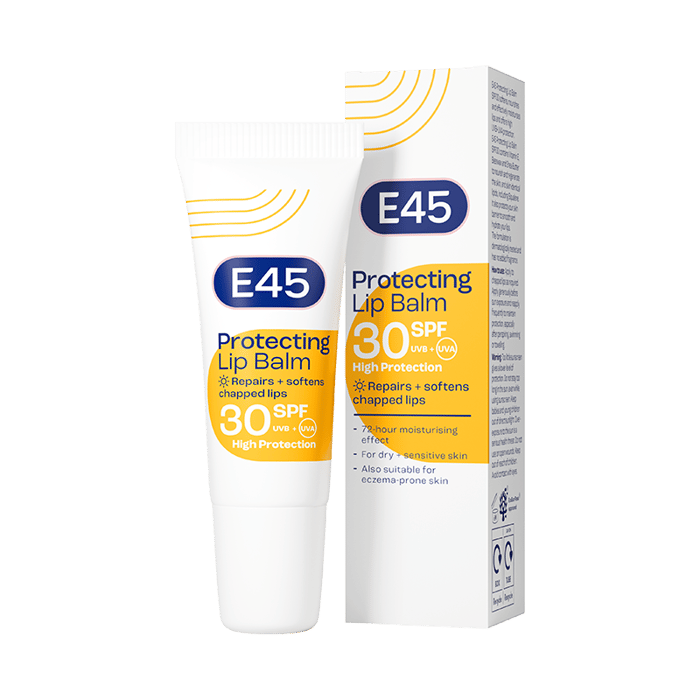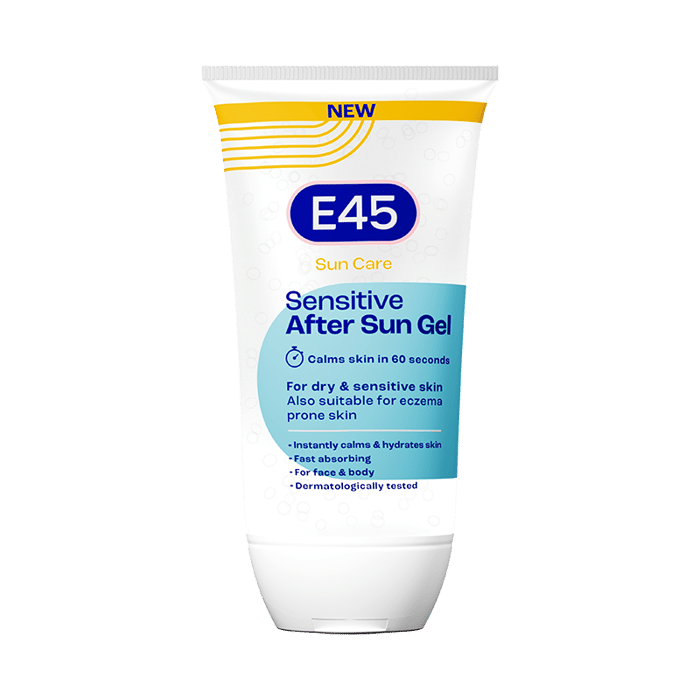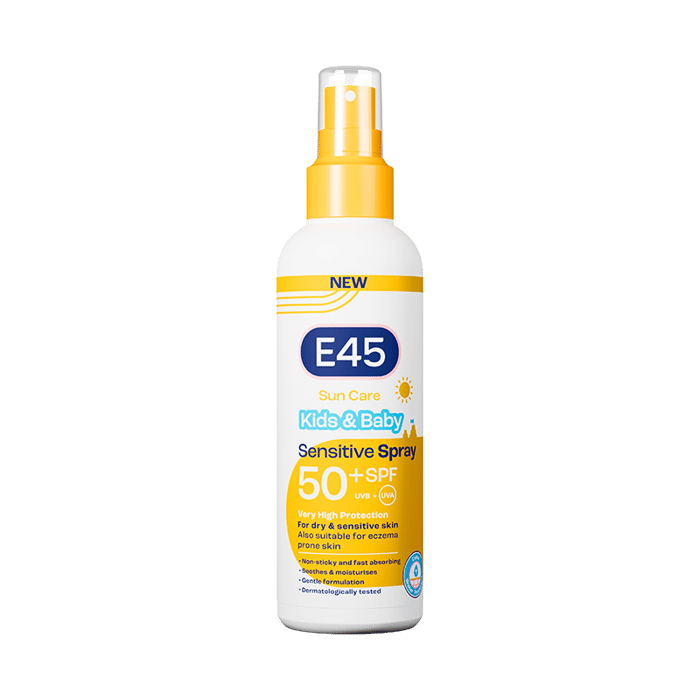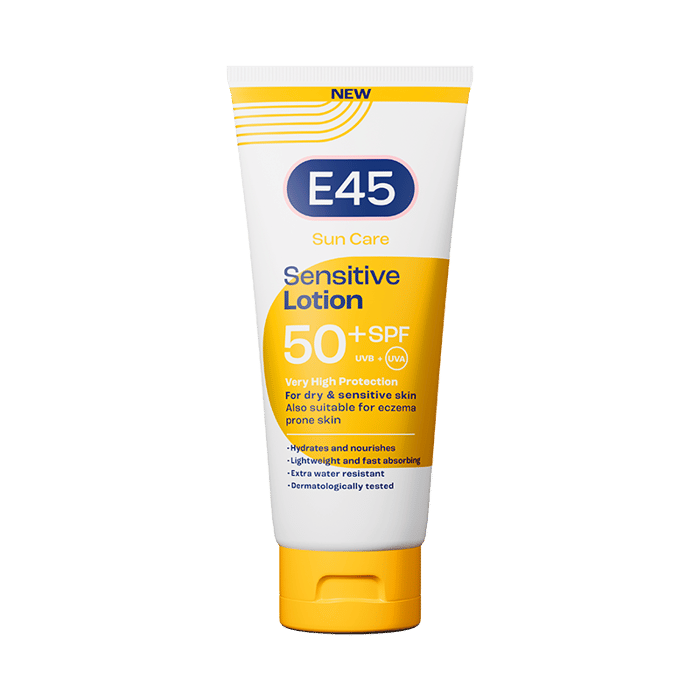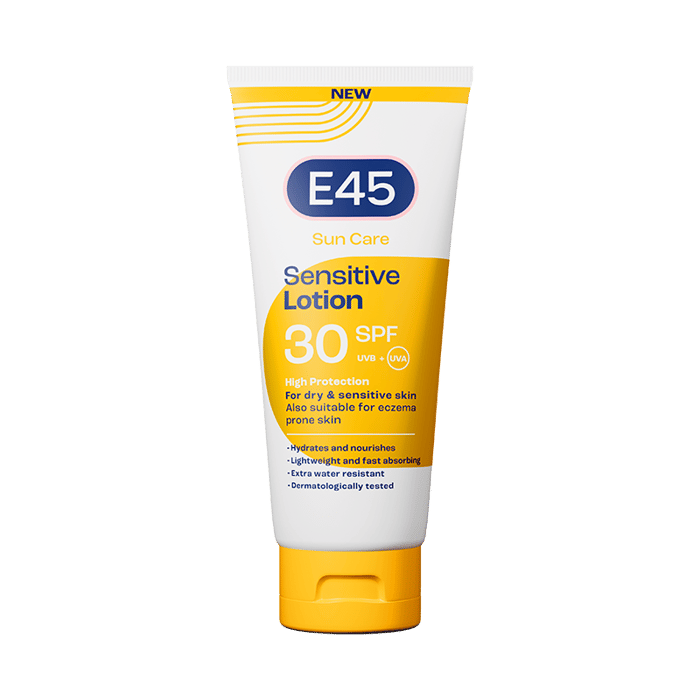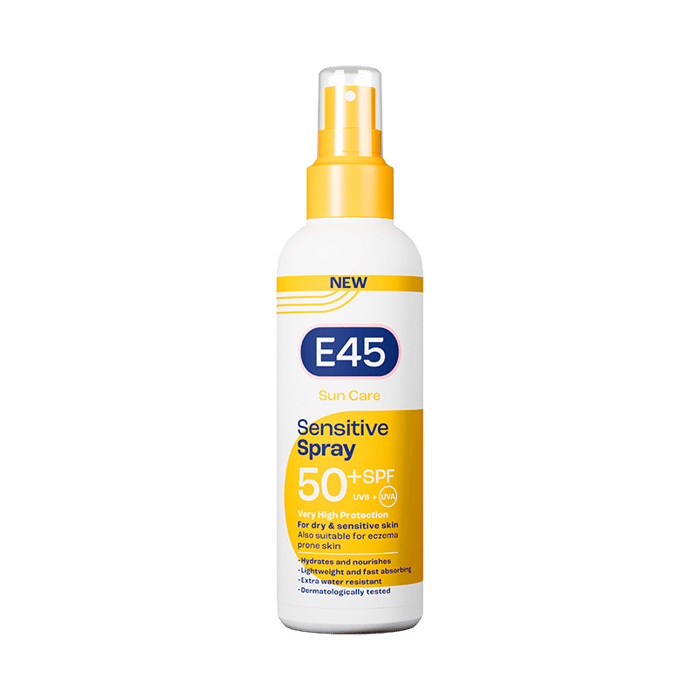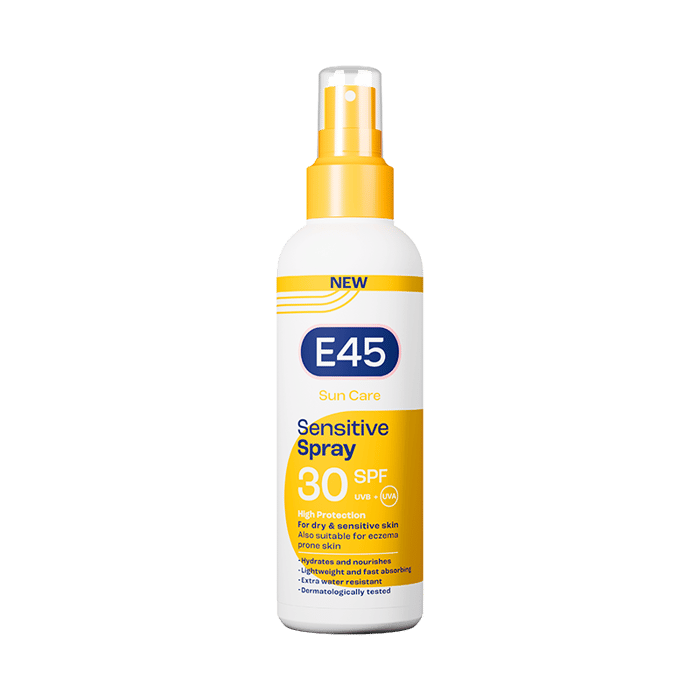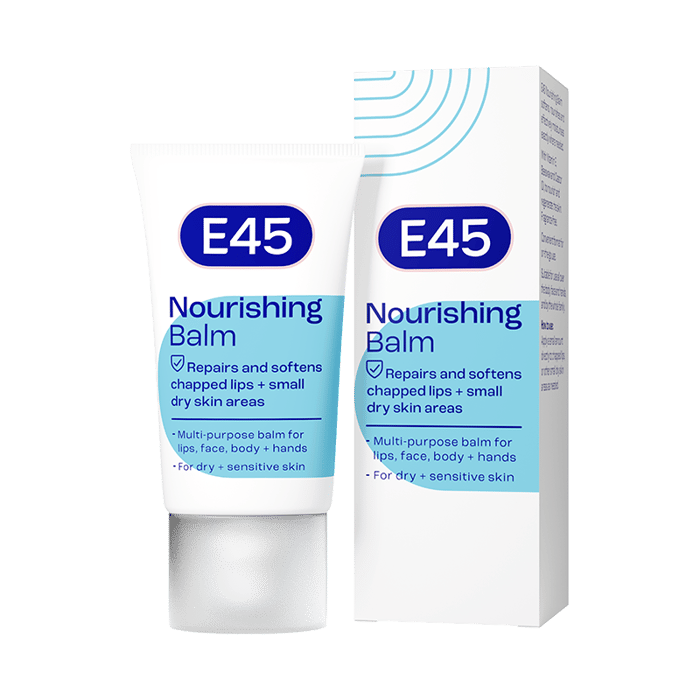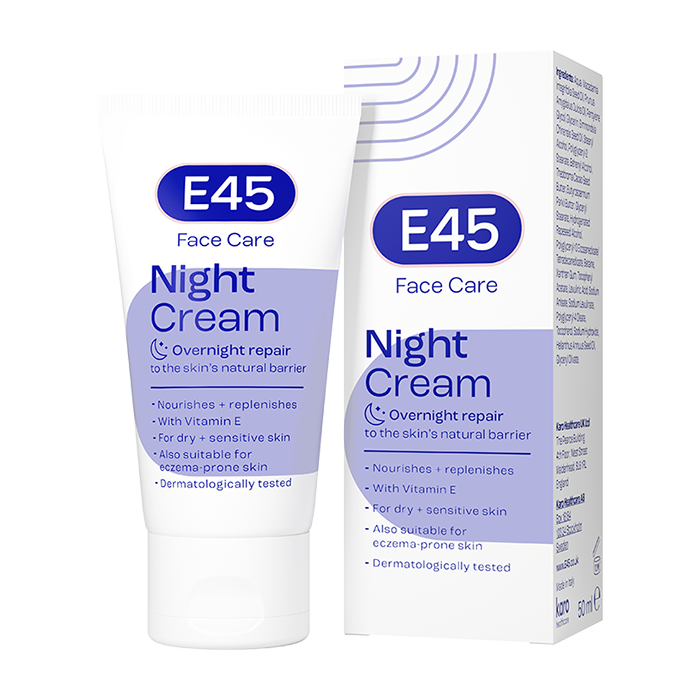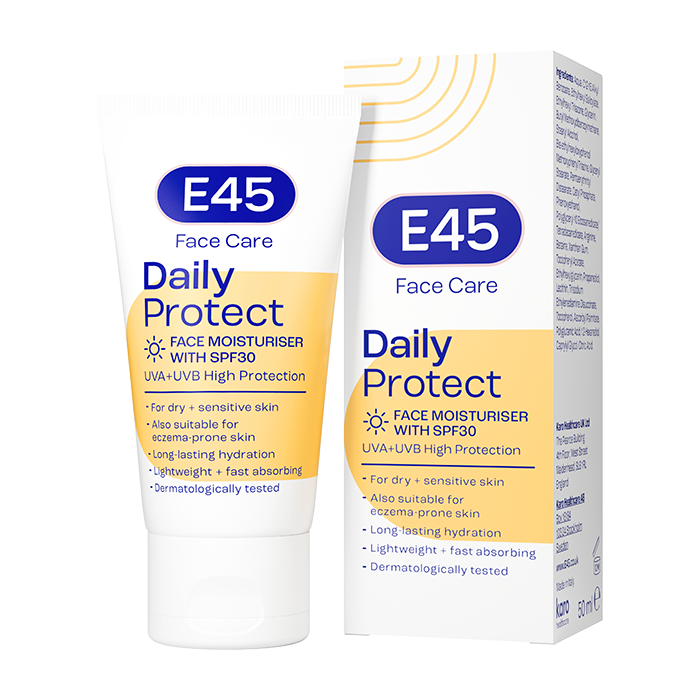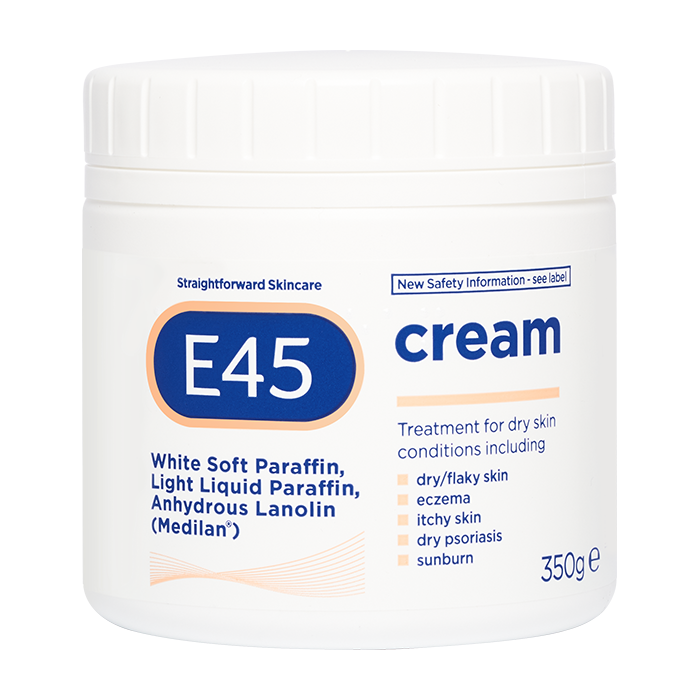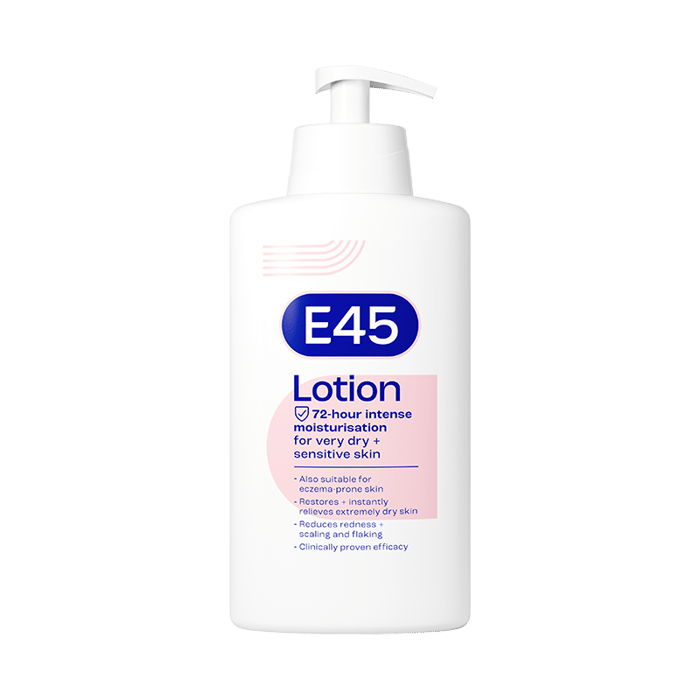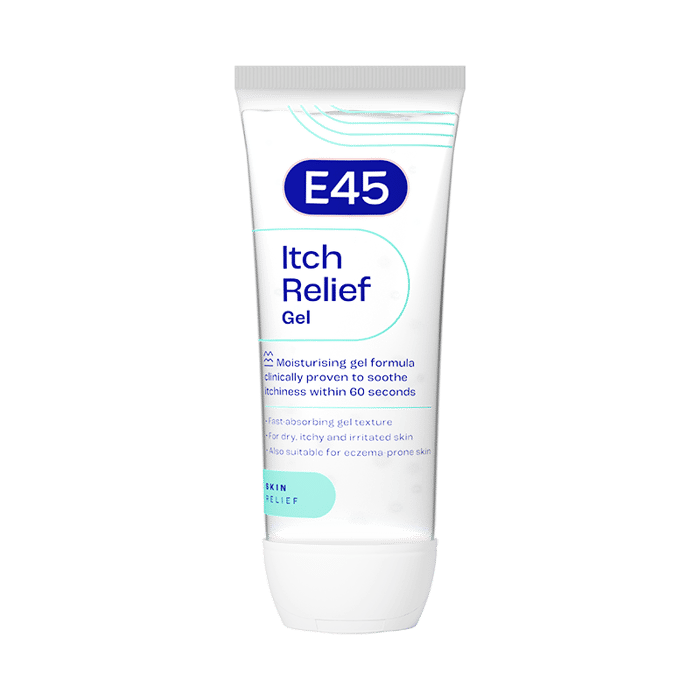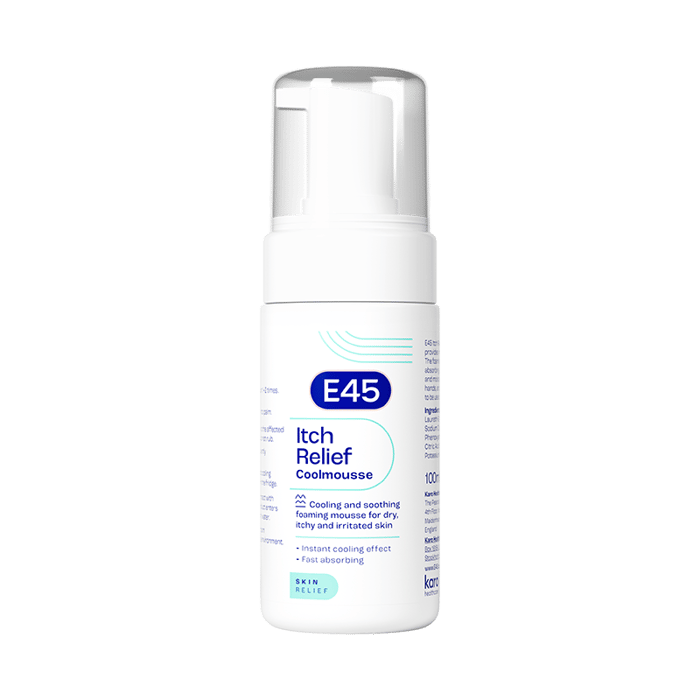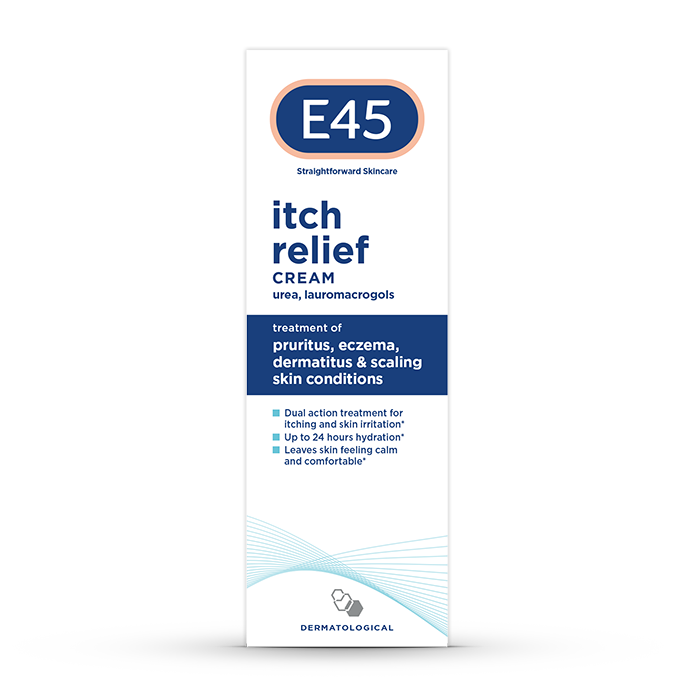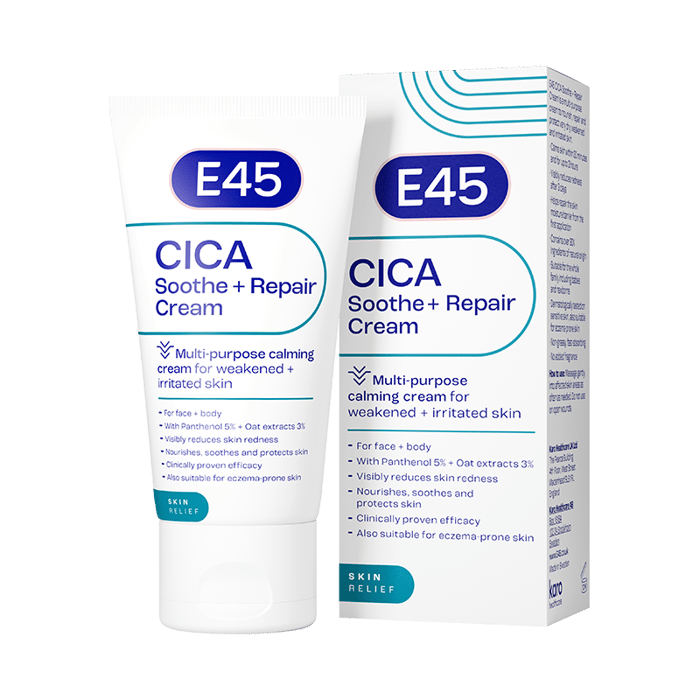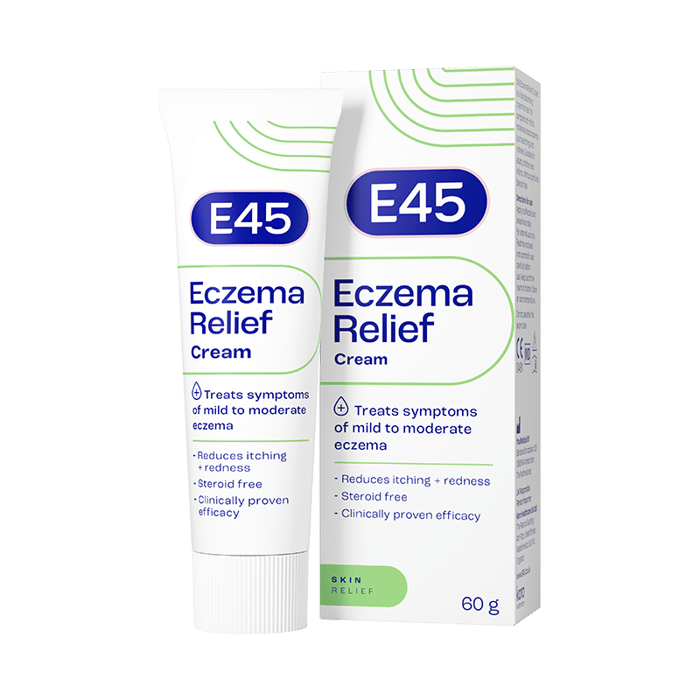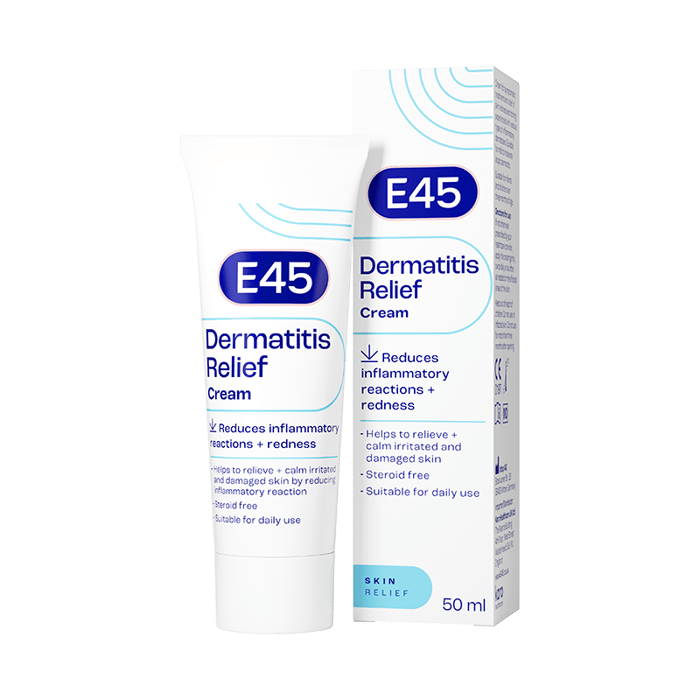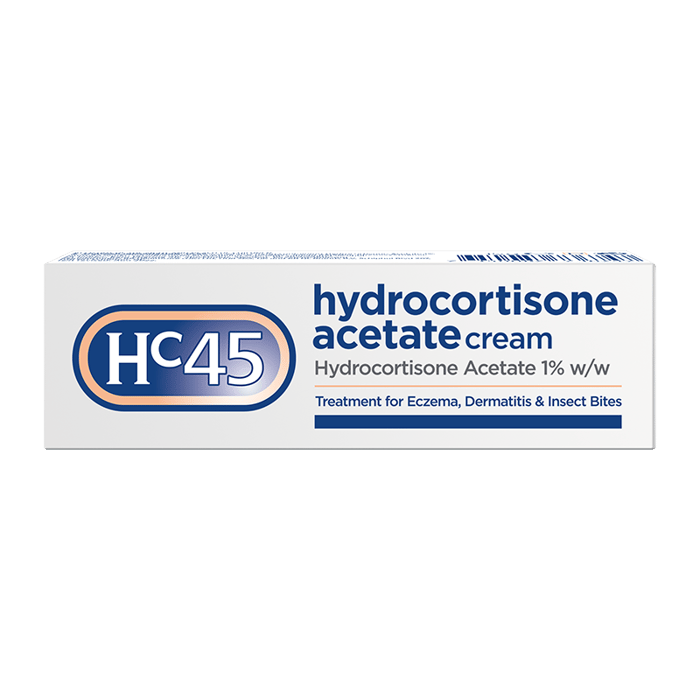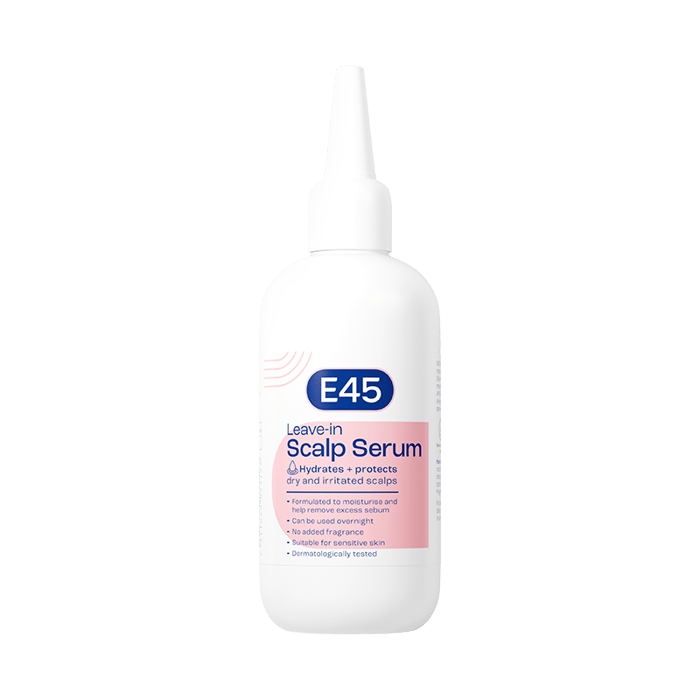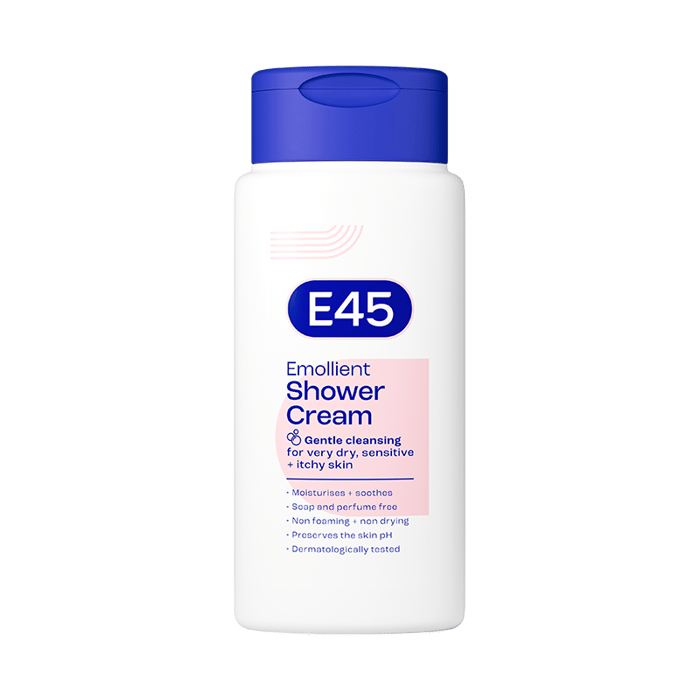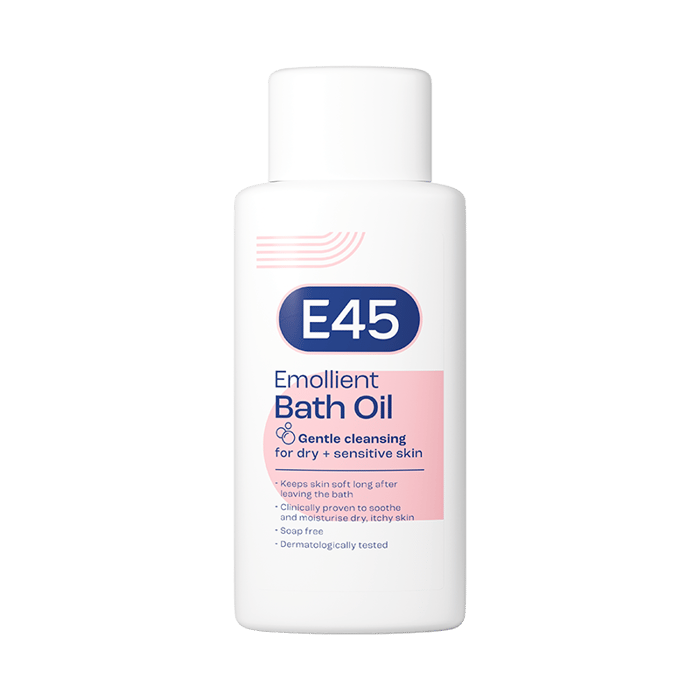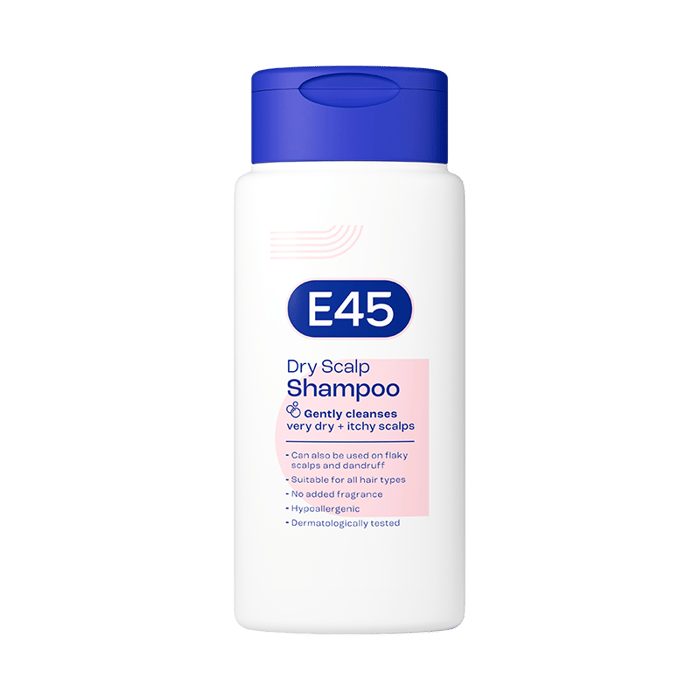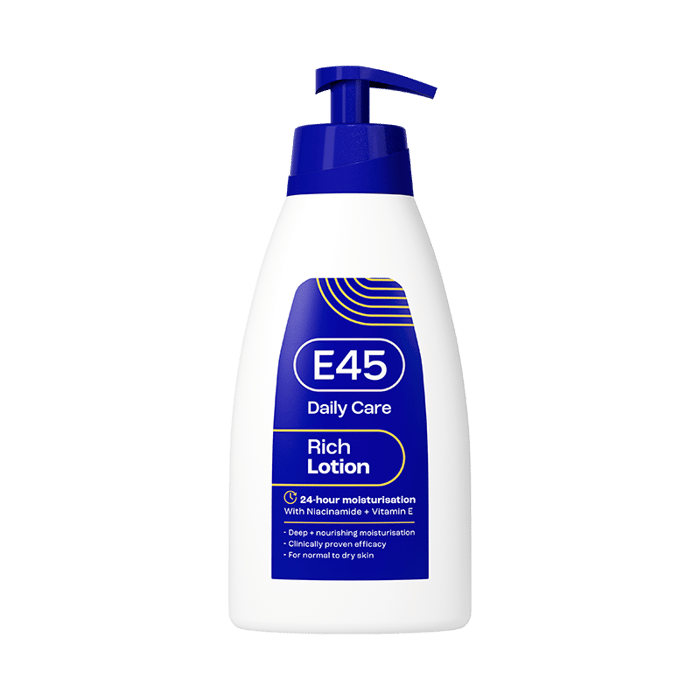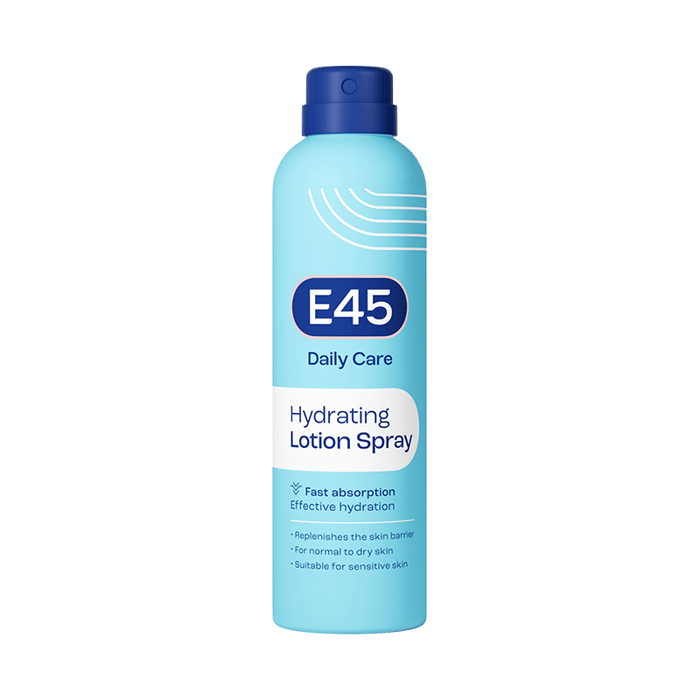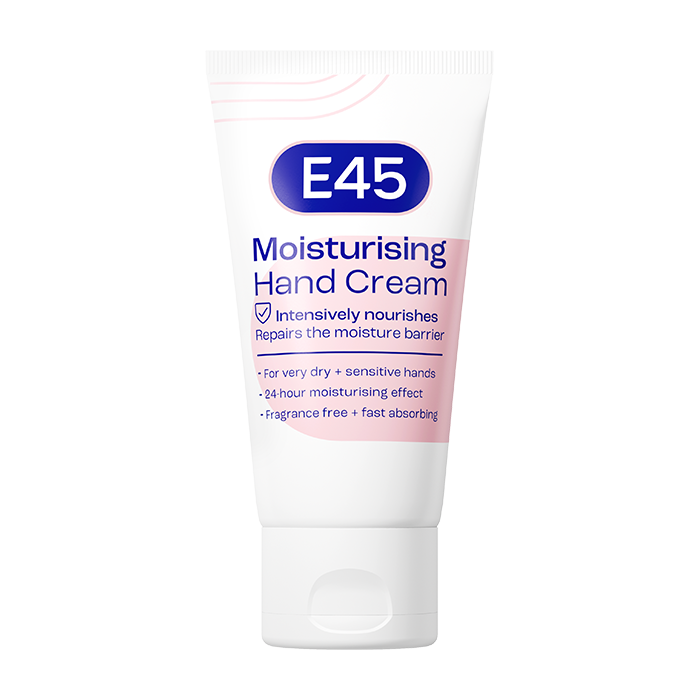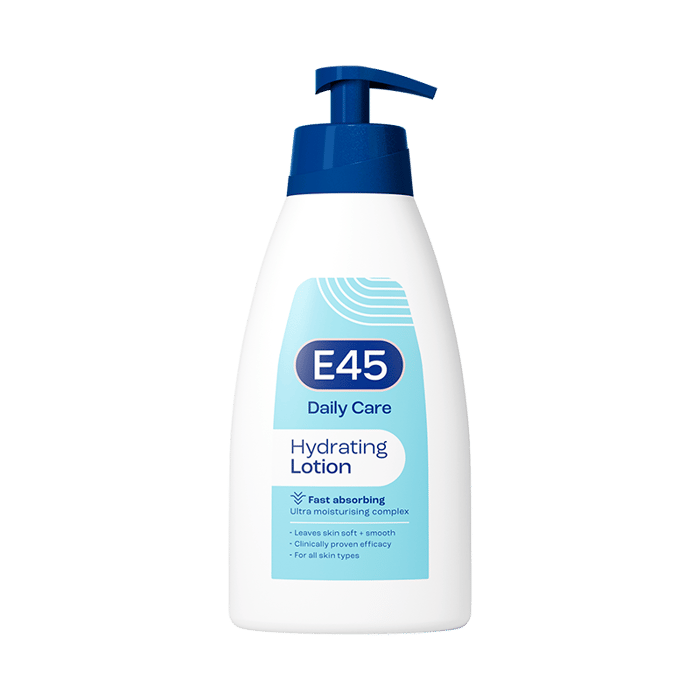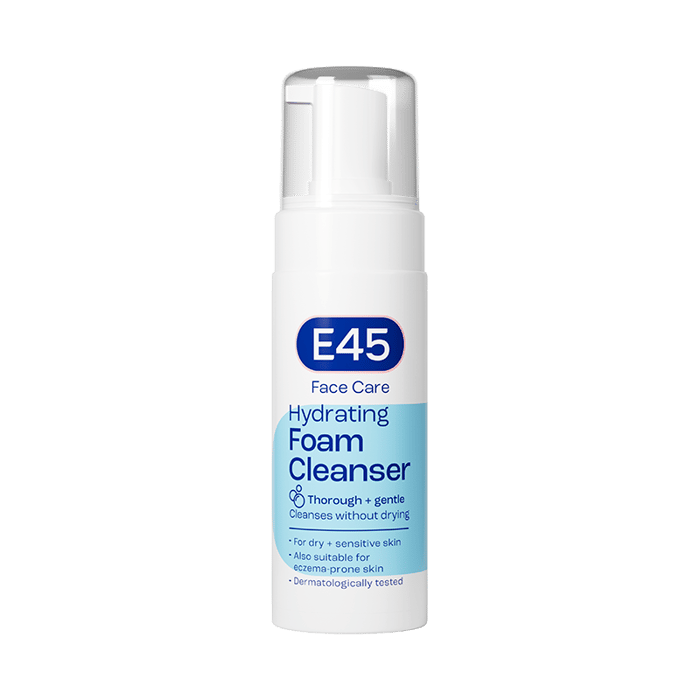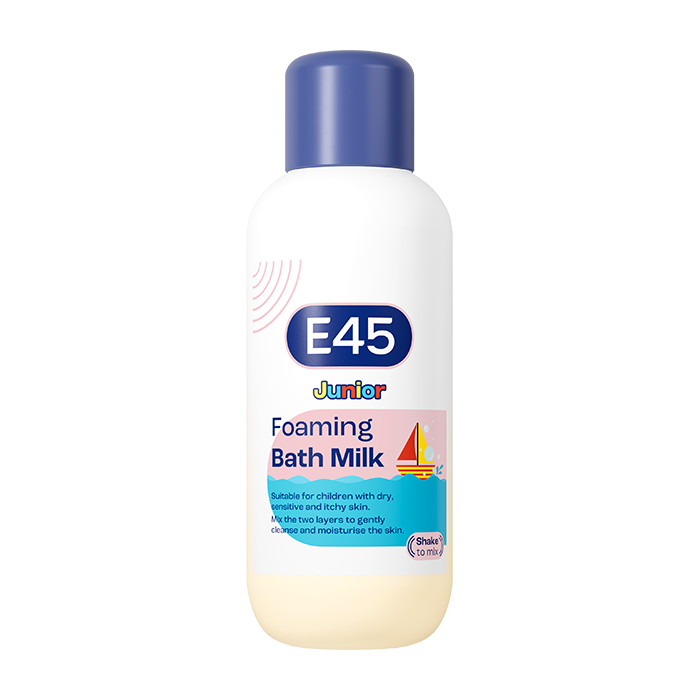Understanding skin pigmentation: A guide to healthy skin
What is skin pigmentation?
Skin pigmentation, often referred to as skin colouration or pigmentation of the skin, is the result of melanin, a natural pigment produced by our bodies. This pigment gives our skin, hair and eyes their colour. Everyone has melanin, but the amount and type vary, leading to the wide variety of skin tones we see.
The role of melanin
Melanin serves a key purpose beyond just determining our skin colour. It plays a protective role against ultraviolet (UV) sun damage. When our skin is exposed to the sun, it produces more melanin, helping to shield the deeper layers of the skin from harmful UV rays. This process is what causes the skin to tan.
What causes skin pigmentation
Changes in skin pigmentation can be influenced by a variety of factors, each playing a role in how our skin reacts and changes over time.
Sun exposure
Prolonged sun exposure is a primary factor that can lead to increased melanin production, resulting in tanning or sun spots.
Hormonal changes
Hormonal fluctuations, such as those during pregnancy or menopause, can affect melanin production, leading to conditions like melasma.
Skin injuries
Injuries to the skin, including cuts, burns or acne, can cause post-inflammatory hyperpigmentation, leaving darkened skin areas.
Genetic factors
Genes play a role in determining our skin colour and its susceptibility to pigmentation changes. Some of us are genetically predisposed to certain pigmentation disorders.
Understanding these factors can help us to adopt the right skin care routines and treatments for maintaining healthy, even-toned skin.
Types of skin pigmentation disorders
Understanding different skin pigmentation disorders is key to recognising and addressing changes in our skin. These conditions can affect anyone, regardless of skin colour or age.
Hyperpigmentation
Hyperpigmentation occurs when the skin produces more melanin, leading to darker patches or spots. Common forms include melasma, sun spots and post-inflammatory hyperpigmentation, often resulting from sun exposure, hormonal changes or skin injuries.
Hypopigmentation
In contrast, hypopigmentation is when patches of skin become lighter than the surrounding area. This can be due to a loss of melanocytes, the cells responsible for producing melanin. Conditions like albinism and vitiligo fall under this category.
Depigmentation
Depigmentation refers to areas of the skin losing all pigment, becoming completely white. The most well-known condition of this type is vitiligo, where the immune system attacks the skin’s melanocytes (the cells responsible for producing and distributing melanin). While depigmentation is primarily cosmetic, it can increase skin sensitivity, particularly to the sun.
Sun exposure and pigmentation
Sun exposure plays a significant role in the pigmentation of our skin. It’s a natural process for the skin to react to sunlight, and understanding this interaction is key to maintaining healthy skin.
How the sun affects skin pigment
When your skin is exposed to sunlight, it triggers a natural response to protect itself. The primary defence mechanism is for the skin to produce more melanin, the pigment that gives your skin its colour. This increased melanin production can lead to a darker skin tone or tanning, which is a sign that your skin is trying to shield itself from UV damage.
Sun-Induced skin pigmentation changes
Prolonged and unprotected exposure to UV radiation can lead to various pigmentation issues, such as:
Sunburn: This is the most immediate sign of excessive sun exposure. Our comprehensive article on sunburn offers valuable information on prevention and care.
Freckles: Small, flat brown spots that may become more apparent after sun exposure, especially for those with lighter skin.
Age spots: Also known as liver spots or solar lentigines, these are larger areas of darkened skin that often appear in people over the age of 40, but can be seen in younger people who spend a lot of time in the sun.
Melasma: This condition causes dark, discoloured patches on the skin. It’s particularly common in women, especially during pregnancy.
The importance of sun protection
To minimise these changes and protect your skin from further damage, sun protection is essential. Using a broad-spectrum sun cream that blocks both UVA and UVB rays, wearing protective clothing and seeking shade during peak sunlight hours can significantly reduce your risk of skin pigmentation changes. For an in-depth understanding of sun protection and product recommendations, check out our article on sun safety.
Regular skin checks
Be sure to monitor any changes in your skin’s pigmentation. If you notice any new or unusual spots, or changes in existing spots, it’s a good idea to consult with a healthcare professional. Regular skin checks can help in early detection of skin conditions that may be caused or exacerbated by sun exposure.
Black skin and sun protection
Understanding the need for sunscreen in black skin
It’s a myth that black skin, characterised by higher melanin levels, doesn’t require sun protection. Melanin is said to offer a natural Sun Protection Factor (SPF) of about 13, which provides some defence against UV radiation, but it is not sufficient for full protection. (Source)
Types of skin pigmentation disorders
Understanding different skin pigmentation disorders is key to recognising and addressing changes in our skin. These conditions can affect anyone, regardless of skin colour or age.
Hyperpigmentation
Hyperpigmentation occurs when the skin produces more melanin, leading to darker patches or spots. Common forms include melasma, sun spots and post-inflammatory hyperpigmentation, often resulting from sun exposure, hormonal changes or skin injuries.
Common treatment methods
- Creams and serums
- Increased sun protection
- Professional consultation
(Source)
Hypopigmentation
In contrast, hypopigmentation is when patches of skin become lighter than the surrounding area. This can be due to a loss of melanocytes, the cells responsible for producing melanin. Conditions like albinism and vitiligo fall under this category.
Common treatment methods
- Observation for natural improvement
- Sun protection
- Skin camouflage
(source)
Depigmentation
Depigmentation refers to areas of the skin losing all pigment and becoming completely white. The most known condition of this type is vitiligo, where the immune system attacks melanocytes. While depigmentation is primarily cosmetic, it can increase skin sensitivity, particularly to the sun.
Common treatment methods
- Protecting sensitive skin from the sun
- Cosmetic therapies for skin colour restoration
- Gentle skin care routines
How can you treat skin pigmentation?
The complexity of treatment
Skin pigmentation disorders vary greatly in their causes and treatments. In some cases, they can be managed or improved, but not all are curable in the traditional sense.
The role of medical advice
While home remedies and over-the-counter products can be helpful, they are not substitutes for professional medical advice. A dermatologist or healthcare provider can offer the most appropriate guidance and treatment options based on individual cases.
Conclusion
In summary, skin pigmentation, governed by melanin, varies due to factors like sun exposure, hormonal changes and genetics. Disorders such as hyperpigmentation, hypopigmentation and depigmentation impact people of all ages and skin colours. While some conditions can be managed, not all are curable. Essential skin care includes sun protection and regular check-ups. Professional medical advice is essential for effective treatment and maintaining healthy skin.
FAQ
What is the cause of skin pigmentation?
Skin pigmentation is mainly caused by melanin production, which can be influenced by sun exposure, hormonal changes, genetic factors and skin injuries.
How can I get rid of skin pigmentation?
To reduce skin pigmentation, use sun protection, apply topical treatments like creams and serums, consider professional treatments like laser therapy and maintain a healthy skin care routine.
Can pigmentation be removed?
Some pigmentation can be significantly reduced or faded with treatments, but complete removal isn’t always possible, especially for deeper or genetic-related pigmentation.
What are four types of skin pigmentation?
Four common types are hyperpigmentation (darker patches), hypopigmentation (lighter patches), melasma (discoloration due to hormonal changes), and vitiligo (loss of skin colour in patches).

